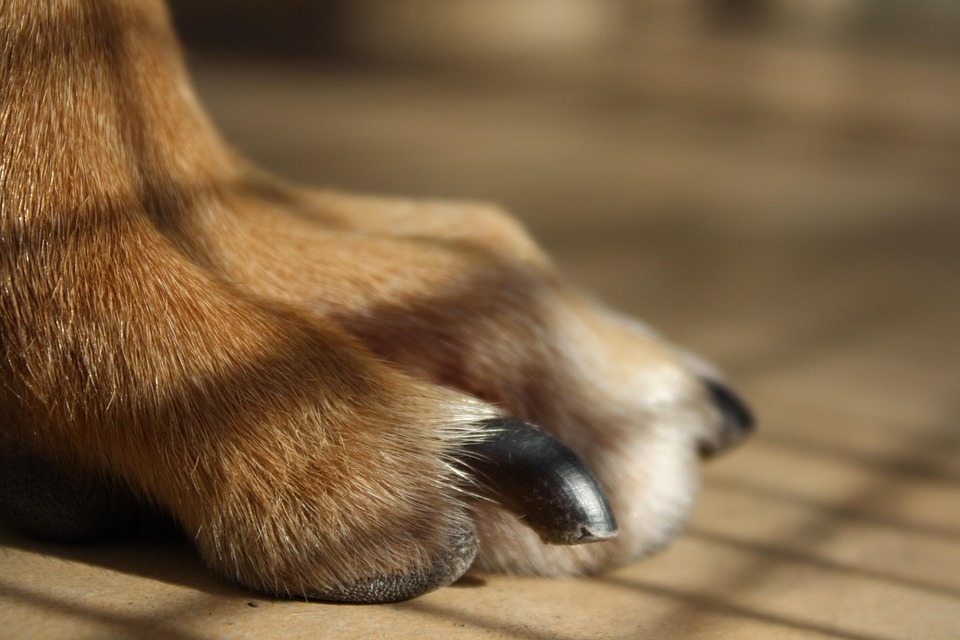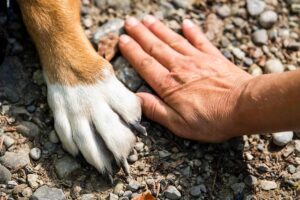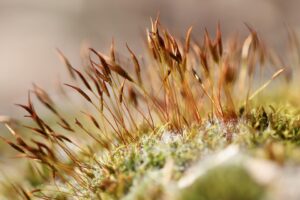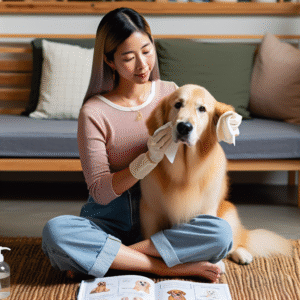
Trimming a dog’s nails is an essential aspect of pet grooming that contributes significantly to a dog’s overall health and well-being. While it may seem like a daunting task for many pet owners, mastering the skill of nail trimming can prevent a myriad of health issues and improve your pet’s quality of life. In this comprehensive guide, we will explore expert tips and techniques to help you trim your dog’s nails safely and effectively.
Understanding the Importance of Nail Trimming
Regular nail trimming is crucial for several reasons. Overgrown nails can lead to discomfort and pain, affecting a dog’s ability to walk properly. This can lead to joint pain, arthritis, and even postural problems over time. Additionally, long nails are more prone to breaking and splitting, which can cause bleeding and infection. By keeping your dog’s nails appropriately trimmed, you are contributing to their comfort, health, and overall happiness.
Tools You Will Need
Before diving into the trimming process, it is essential to gather the right tools. Here are the main items you will need:
Nail Clippers
There are several types of nail clippers available, including guillotine-style, scissor-style, and grinder tools. Choose the one you find most comfortable and easy to use. The size of the clippers should match the size of your dog; smaller clippers for small dogs and larger ones for bigger breeds.
Styptic Powder or Pencil
Accidents can happen, and you might accidentally cut the quick, the sensitive part inside the nail. Styptic powder or a styptic pencil can help stop bleeding quickly and should be kept on hand during every nail trimming session.
Treats
Positive reinforcement is key to a successful grooming session. Keep some of your dog’s favorite treats nearby to reward them for good behavior and to make the experience more pleasant.
Good Lighting
Proper lighting is crucial for seeing the details of your dog’s nails, especially if they have dark-colored nails. Ensure you have sufficient light to help avoid cutting into the quick.
Preparing Your Dog for Nail Trimming
Preparation is a critical step in ensuring a smooth nail trimming process. Here are some tips to get your dog ready:
Acclimatize Your Dog
If your dog is not used to having their paws handled, start by gently touching and holding their paws regularly to get them accustomed to the sensation. Gradually introduce the clippers or grinder, allowing your dog to sniff and explore the tool before using it.
Create a Calm Environment
Trimming your dog’s nails should be done in a calm and quiet environment. Choose a space where your dog feels safe, and minimize distractions such as loud noises or other pets.
Practice Patience
Patience is essential, especially if your dog is anxious or fearful. Take breaks if needed, and never rush the process. It may take several sessions for your dog to become fully comfortable with nail trimming.
The Nail Trimming Process
Once your dog is prepared, you can proceed with the actual nail trimming. Follow these steps to ensure a safe and effective trim:
Identify the Quick
The quick is the sensitive part of the nail that contains blood vessels and nerves. Cutting into the quick can be painful for your dog, so it is essential to identify it before trimming. In dogs with white or light-colored nails, the quick appears as a pinkish area. For dogs with dark nails, it can be more challenging to see, so trim conservatively and in small increments.
Position Your Dog
Position your dog comfortably, either sitting or lying down. If your dog is small, you may find it easier to place them on a table or your lap. For larger dogs, having them lie on their side might provide better access to their paws.
Trim the Nails
Hold your dog’s paw gently but firmly, and begin trimming at the tip of the nail, avoiding the quick. If using clippers, make a swift, clean cut. If using a grinder, gently round off the nail edges. Trim each nail gradually, checking frequently to avoid cutting too deeply.
Reward Your Dog
After each successful nail trim, reward your dog with a treat and positive praise. This helps create a positive association with nail trimming and encourages good behavior in the future.
Troubleshooting Common Issues
Nail trimming can present challenges, but with practice and patience, most issues can be resolved. Here are solutions to some common problems:
Fear and Anxiety
If your dog is fearful or anxious, consider breaking the trimming session into several short sessions. Desensitization training using treats and praise can also help alleviate anxiety over time.
Nail Splitting
Dull clippers can cause nails to split. Ensure your clippers are sharp and of good quality. Consider using a grinder for a smoother finish, especially if your dog’s nails are prone to splitting.
Accidentally Cutting the Quick
If you accidentally cut the quick, don’t panic. Apply styptic powder or use a styptic pencil to stop the bleeding. Comfort your dog and pause the session if needed.
When to Seek Professional Help
If you find nail trimming too challenging or if your dog has particularly difficult nails, such as ingrown or deformed nails, seeking professional help from a veterinarian or professional groomer is advisable. They have the expertise and tools to handle more complicated situations safely.
Conclusion
Mastering the art of trimming your dog’s nails safely is a valuable skill that enhances your pet’s health and comfort. By understanding the importance of nail trimming, gathering the right tools, preparing your dog, and following the correct process, you can confidently maintain your dog’s nails at home. Remember, patience and positive reinforcement are key to a successful grooming experience. With practice, both you and your dog can enjoy stress-free nail trimming sessions.
#ChatGPT assisted in the creation of this article.















